Targeting thermal-responsive Ca channels with CuS nanoparticles to prevent arterial plaques
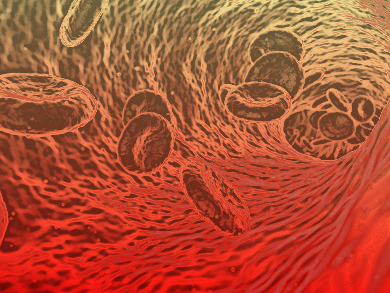

Targeting thermal-responsive Ca channels with CuS nanoparticles to prevent arterial plaques
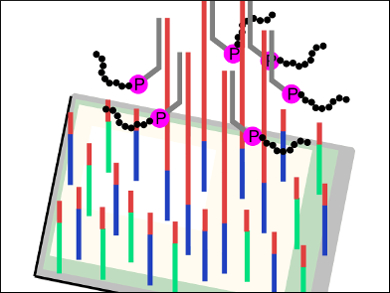
Repurposing a next-generation DNA sequencer

Structure-guided switch in the regioselectivity of a tryptophan halogenase enzyme
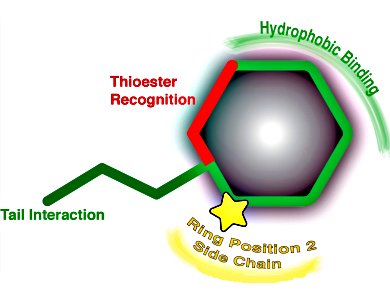
Understanding the peptides that bacteria use to communicate with each other and go to war with their host
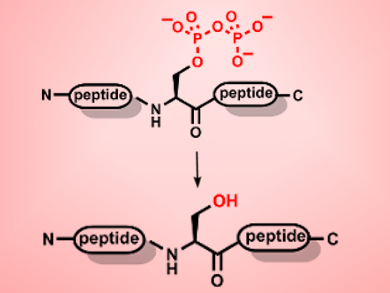
Newly discovered post-translational protein modification can be studied with model peptides
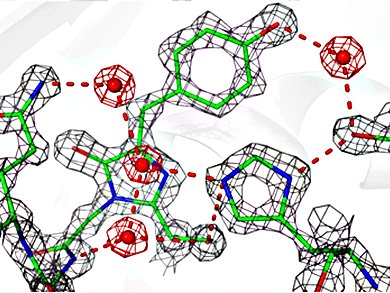
Mutation of a glutamic acid in the active site of green fluorescent protein (GFP) stabilizes its fluorescent output
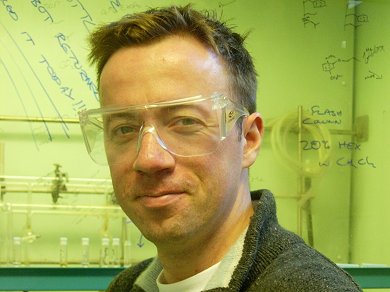
Dr. M. Campbell, Associate Editor for ChemBioChem, talks to Professor A. Wilson, University of Leeds, UK, about his recent article
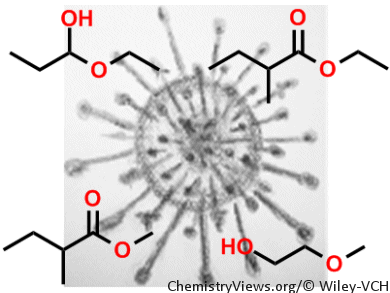
Cells infected with influenza emit volatile organic compounds (VOCs), and the odors are specific to the virus strain
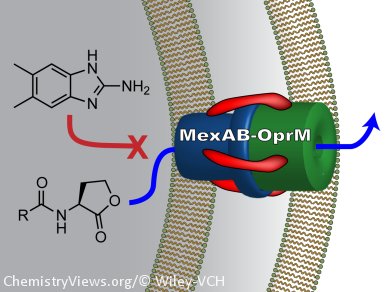
Small molecules capable of inhibiting bacterial cell–cell signaling are of significant interest as potential anti-infective agents
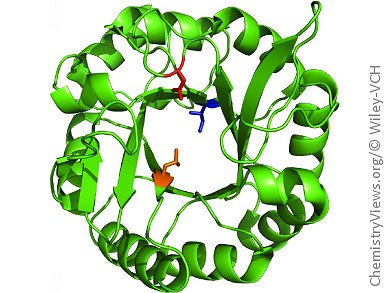
Synthetic amino acids coordinate a metal ion in the active site of an artificial metalloenzyme (ArM)